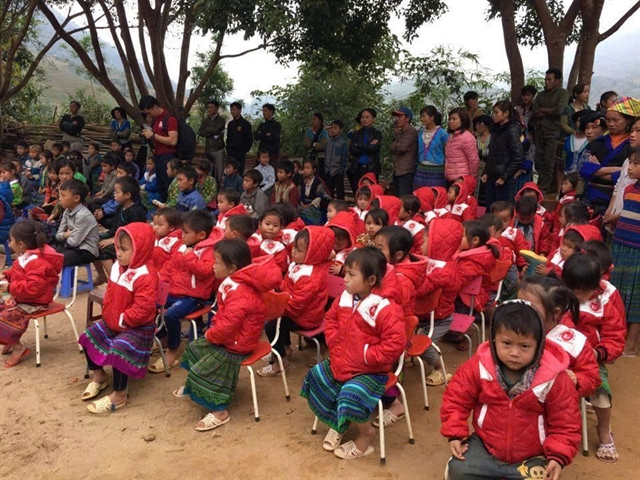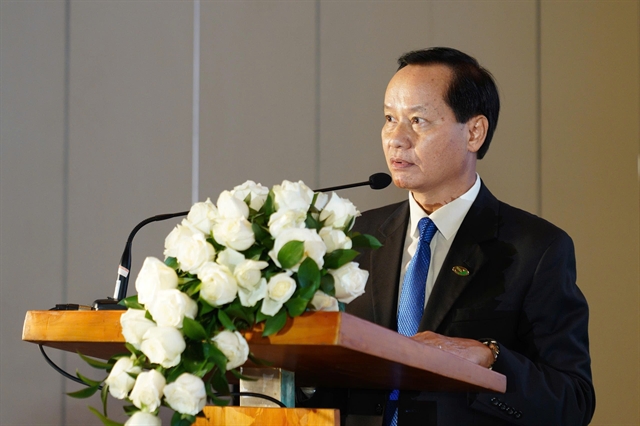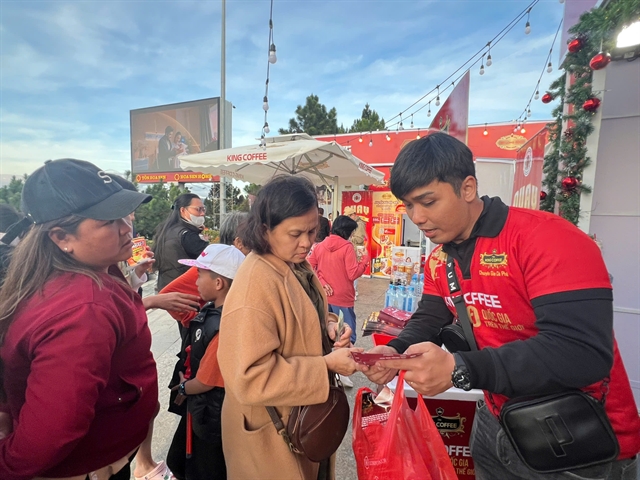 Life & Style
Life & Style

Thường Xuân District, located in the western mountainous region of Thanh Hóa, is endowed with diverse biological system, imposing mountains and original cultures of the local ethnic minorities.
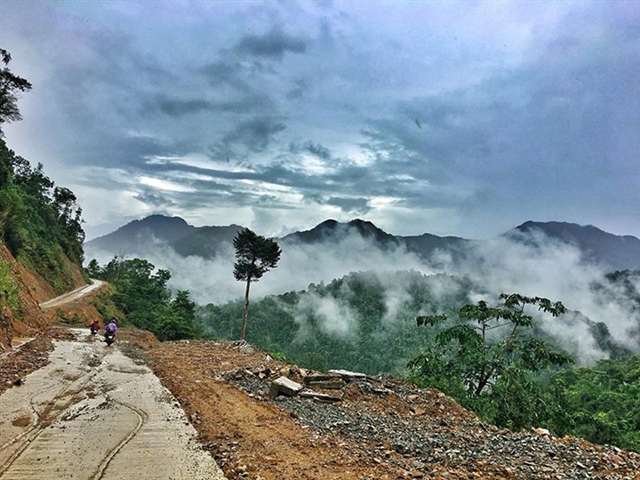
|
| Thường Xuân District in Thanh Hóa Province is endowed with pristine nature. — Photo thuongxuanonline.net |
Hoa Mai
Thường Xuân District, located in the western mountainous region of Thanh Hóa, is endowed with a diverse biological system, imposing mountains and the cultures of local ethnic minorities.
To promote its inherent advantages and increase the annual incomes of locals, Thường Xuân District has come up with measures to develop tourism, among which is building community-based tourism.
One of two destinations in the district to have been chosen to develop community-based tourism is Mạ Village.
Located by the tranquil Chu River and surrounded by a peaceful natural landscape, the village is home to 57 households of the Thái ethnic minority group. It still preserves over 30 ancient stilt houses and the traditional crafts of locals like embroidering, brocade weaving and knitting.
A visit to the village offers the tourists exciting experiences. Beside contemplating the beautiful terraced fields and enjoying the fresh air, they can also get immersed in local life by spending the night in the ancient stilt houses and taking part in daily activities like farming and weaving.
Another attraction in Mạ Village is the food. All the dishes in the village are made from natural ingredients that have been marinated and seasoned properly.
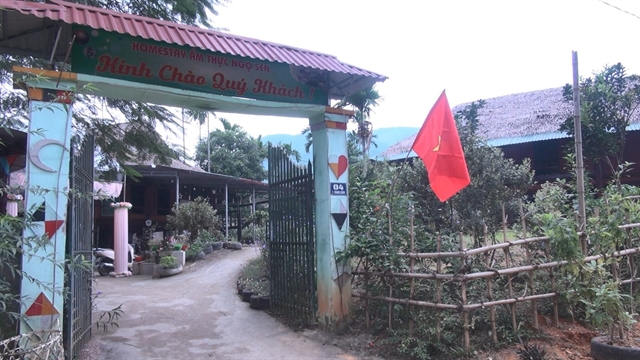
|
| Mạ Village now has 14 households offering homestay services, receiving from 7,000 to 10,000 tourists per year. — VNA/VNS Photo Khiếu Tư |
The must-try dishes in the village include wild bamboo shoot soup, bitter soup, smoked buffalo, grilled fish, bamboo cooked rice and five-coloured sticky rice. The recipes for the dishes have been passed down from generation to generation and cooked by the skillful hands of Thái chefs.
The village has become a regular getaway for people from big cities looking for a peaceful break, like Nguyễn Thị Ngân from Thanh Hóa City.
“I usually visit the village at weekends with my family and friends. It’s not too far from Thanh Hóa City where I live, so we can spend the whole weekend experiencing a laid back life.
“Time seems to stand still here. We enjoy its nature, pure atmosphere, tranquility and particularly the food that we taste in the ancient stilt houses. Our energy is fully charged for the next working week,” Ngân says.
Vi Văn Tiên’s family is among five pioneering households to offer homestay services in Mạ Village.

|
| Tourists enjoy a meal with Mạ villagers. — VNA/VNS Photo Khiếu Tư |
Realising tourists’ demand for accommodation after visiting famous landscapes in the area, Tiên and his family decided to repair and furnish their ancient stilt houses to welcome guests.
“At first, we only had a few tourists, most of whom are passers-by. But gradually, more and more people have learned about Mạ Village, particularly after Thường Xuân District launched the project to develop community-based tourism. Thanks to that, local life has improved,” he said, adding that the tourism model brings his family a monthly income of around VNĐ20-50 million (US$862-2,155).
According to villager Hà Thị Sen, the village was isolated from the vicinity by the Chu River before a suspension bridge was built. The villagers used to self-supply, wandering into the forest to harvest bamboo shoots, collect firewood and herd cattle.
“After being introduced to community-based tourism, my family and three other households were able to take out loans at favourable interest rates, attend training classes and start our own businesses. Now we all have jobs with stable incomes,” she said.
“We plan to borrow more capital to expand the stilt houses in order to welcome more tourists in the future.”
Three years since the launch of the project, Mạ Village now had 14 households offering homestay services, receiving from 7,000 to 10,000 tourists per year.
The tourism model has also helped many Thái people to escape poverty and better their lives.
Cầm Bá Huyến, director of the Department of Culture in Thường Xuân District, said the local People’s Committee had focused on constructing and developing community-based tourism in Mạ Village and Vịn Village.
“In addition to enhancing State management, promoting tourism potential and investing in infrastructure, the district has focused on preserving cultural values and original customs of the local ethnic communities. These include the ancient stilt houses, traditional dances, brocade weaving and traditional dishes, which we think will help boost tourism in the district,” he stated. — VNS

